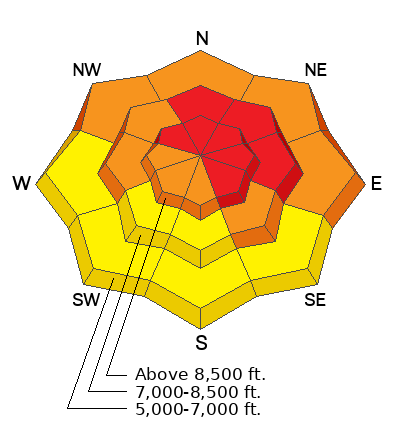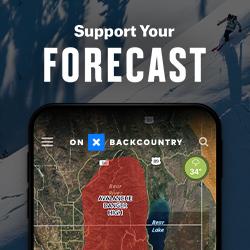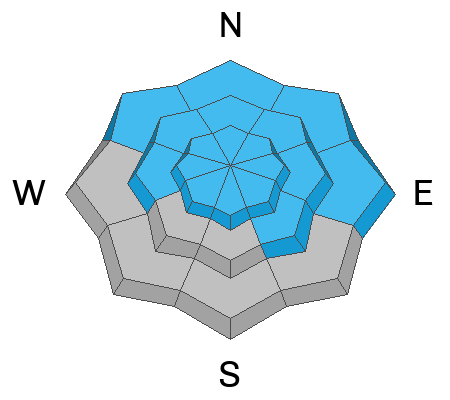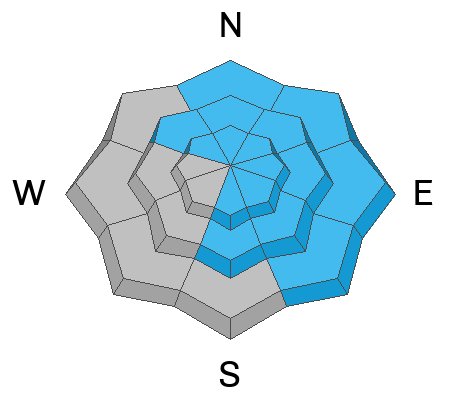Forecast for the Logan Area Mountains

Issued by Toby Weed on
Wednesday morning, December 21, 2022
Wednesday morning, December 21, 2022
A powerful winter storm with heavy snowfall and extensive drifting will overload slopes with buried persistent weak layers and cause the backcountry avalanche danger to rise rapidly during the day. Dangerous avalanche conditions already exist this morning on drifted upper and mid elevation slopes, and the danger will rise to HIGH in many areas by afternoon. Large and long running natural and human triggered avalanches will become likely.
- People should stay off of and out from under drifted slopes steeper than 30°
- Avoid travel in avalanche terrain and stay well clear of obvious or historic avalanche run-outs.

Low
Moderate
Considerable
High
Extreme
Learn how to read the forecast here





